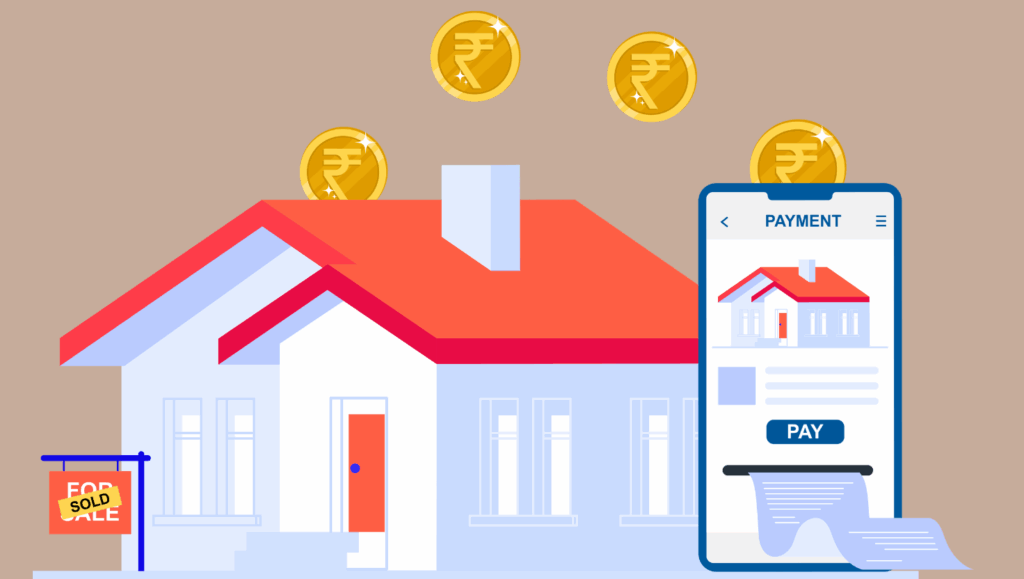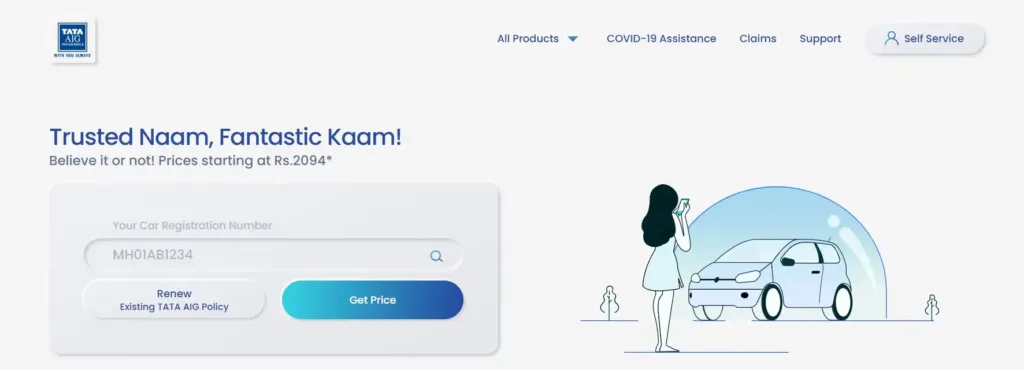
Parents’ health insurance premiums soar to ₹50,000, driven by 15% medical inflation and chronic diseases. Uncover surprising add-ons like critical illness cover and OPD benefits that save lakhs, while family floater plans hide costly traps. This Indian-focused guide reveals cost-saving hacks, emotional stakes, and 2025 data to protect your parents’ dignity without draining savings. Will you choose wisely or risk financial ruin?
In India’s ever-evolving healthcare landscape, securing health insurance for parents transcends necessity—it’s a profound emotional and financial commitment. With medical costs soaring, life expectancy rising, and chronic diseases increasingly prevalent among seniors, understanding premium costs and add-ons in parents’ health insurance policies is paramount. This guide, crafted from a distinctly Indian perspective, blends fresh 2025 data, surprising insights, and heartfelt narratives to help families make informed choices. Expect suspenseful twists, actionable tips, and emotional resonance to spark curiosity and inspire action, ensuring your loved ones’ well-being while safeguarding your wallet.
The Rising Tide of Premiums: What’s Happening in 2025?
The cost of health insurance for parents in India is climbing, driven by medical inflation, advanced healthcare technologies, and the lingering effects of post-COVID claim surges. In 2025, average annual premiums for parents’ health insurance, particularly for those aged 60 and above, range from ₹15,000 to ₹50,000 per individual, depending on factors like sum insured, pre-existing conditions, and insurer reputation.
Here’s a breakdown of typical premium structures:
- Base Premium (60-70 years): ₹18,000–₹25,000 annually
- Add-ons (Critical Illness, OPD, Wellness Programs): ₹3,000–₹7,000 extra per add-on
- GST (18%): Adds a significant layer to the total cost
For a comprehensive policy covering both parents, families might face annual costs exceeding ₹60,000. While family floater plans that include parents can reduce costs, they often come with shared sum insured limitations and co-payment clauses. Monthly payment options exist but typically increase the overall expense compared to annual payments, which may offer discounts of up to 10%.
The suspense lies in the numbers: a single ICU day in a private hospital can cost ₹25,000–₹1,00,000, making inadequate coverage a risky gamble. Why are premiums rising so steeply, and how can families navigate this financial maze?
Why Are Premiums Skyrocketing?
Several factors fuel the relentless rise in health insurance premiums for parents in 2025:
- Medical Inflation: India’s healthcare costs are inflating at 12-15% annually, outpacing general inflation. This surge is driven by advanced treatments, costly diagnostics, and hospital infrastructure upgrades.
- Pre-existing Conditions: Over 50% of Indian seniors suffer from chronic ailments like diabetes or hypertension, increasing premiums due to higher claim risks.
- Broader Coverage: Modern policies include benefits like mental health support, telemedicine, and home healthcare, which enhance value but elevate costs.
- Post-Pandemic Claim Ratios: Insurers, cautious after high claim payouts during COVID-19, are adjusting premiums to mitigate future risks.
These dynamics create a delicate balance: families must weigh affordability against comprehensive coverage to avoid financial strain during medical emergencies. The twist? Choosing the cheapest plan might seem prudent but could leave you exposed when it matters most.
Why Parents’ Health Insurance Add-ons Are Non-Negotiable
Parents’ health insurance add-ons are non-negotiable because they fill critical gaps left by standard policies, address the unique healthcare needs of aging parents, and provide comprehensive financial protection that ordinary coverage cannot offer. Here is why add-ons are essential:
1. Covering Critical Illnesses Beyond Basic Plans
Standard parent health insurance often limits coverage on major life-threatening diseases such as cancer, heart attacks, strokes, and kidney failures. A Critical Illness Cover add-on pays a lump sum on diagnosis regardless of actual treatment costs, offering vital financial relief for expensive treatments that can run into lakhs. Without this, families may face heavy out-of-pocket expenses during dire emergencies.
2. Room Rent Waivers for Better Hospitalization Comfort
Most standard health policies cap the hospital room rent reimbursement, forcing elders to compromise on room quality or bear extra costs. A Room Rent Waiver add-on removes or raises this cap, allowing parents access to private rooms or premium hospital stays without financial strain during critical times, especially in metro cities where room charges are high.
3. Eliminating Co-Payment Burdens
Senior citizen policies typically include a co-payment clause meaning the insured bears a fixed claim percentage, often 20% or higher. This is a significant cost for elderly patients given the high treatment expenses. A Co-Payment Waiver add-on transfers the entire claim burden to the insurer, relieving families of additional unexpected payments.
4. OPD Coverage for Frequent Medical Visits
Elderly parents commonly require regular outpatient consultations, medicines, and diagnostics, which most base policies exclude. Selecting an OPD cover add-on helps cover these frequent expenses, reducing the constant out-of-pocket costs and encouraging timely medical care without financial hesitation.
5. Reduction of Pre-Existing Disease (PED) Waiting Periods
Parents often have chronic illnesses such as diabetes or hypertension. Most policies have long waiting periods (2-4 years) before these illnesses are covered. Add-ons that reduce or waive waiting periods ensure parents get timely financial protection without prolonged exclusions, essential in managing ongoing health conditions.
6. Personal Accident Cover for Accident-Related Risks
Elderly are more vulnerable to falls, fractures, and other accidents with long recovery periods. A Personal Accident Cover add-on offers compensation in case of injuries, disabilities, or death due to accidents, providing an additional safety net beyond hospital treatment.
Why These Add-ons Are Non-Negotiable in Indian Context
- Rising healthcare inflation in India means basic coverage quickly becomes insufficient to cover real costs, especially in cities.
- Higher frequency of hospitalization and chronic ailments among Indian elders demands tailored add-ons.
- Families face emotional and financial distress during medical emergencies; these add-ons ensure smoother claim processes and broader protection.
- Many policies exclude coverage for alternative medicines (AYUSH), specialized treatments, or specific living expenses; add-ons plug these gaps.
- Indian families often depend on pooled savings; comprehensive add-ons help prevent catastrophic depleting of funds for elders’ care.
When it comes to parents’ health insurance, add-ons are not just optional extras—they are essential components that protect against unpredictable, high-cost medical events and ensure dignity in healthcare. Ignoring these could lead to severe financial stress and compromise the quality of care parents deserve.
Withdraw Cash at SBI ATMs Using Any UPI App—No Card Needed
Indian Stock Market Trends: December 9, 2025 – Will Dalal Street Rally or Retreat Amid RBI Rate Cuts and Global Volatility?
Never Take a Home Loan: Are You Falling Into a Debt Trap?
Tata AIG Car Insurance: Your Shield on the Road
Family Floater vs. Separate Policies: A Cost-Benefit Analysis
Choosing between a family floater plan and separate policies for parents is a critical decision for Indian families. Here’s a detailed comparison to guide your choice:
| Aspect | Family Floater Premiums | Separate Parent Policies |
| Premium Structure | Single premium for entire family, including parents. | Individual premiums for each parent. |
| Premium Calculation | Based on the oldest member’s age and health. | Based on each parent’s age and health. |
| Average Cost | ₹20,000–₹50,000 annually for a family of 4, including parents. | ₹15,000–₹50,000 per parent, totaling ₹30,000–₹1,00,000 for two. |
| Sum Insured | Shared across all members, e.g., ₹10-15 lakhs. | Dedicated per parent, e.g., ₹5-10 lakhs each. |
| Claim Impact | Claims by one reduce coverage for others. | Claims don’t affect the other parent’s coverage. |
| Flexibility | Limited customization for individual needs. | Tailored to each parent’s health profile. |
| Suitability | Cost-effective for younger, healthier families. | Ideal for seniors with chronic conditions. |
| Policy Management | Single policy, one renewal date. | Multiple policies, separate renewals. |
| Add-on Options | Uniform add-ons for all members. | Customizable per parent’s needs. |
| Cost Efficiency Tips | Best for low-claim families; monitor sum insured depletion. | Preferred for high-claim risks; optimize add-ons. |
Family floaters are budget-friendly but risk depleting the sum insured if multiple family members claim, especially seniors with frequent medical needs. Separate policies cost more but ensure dedicated coverage, crucial for parents with pre-existing conditions. For Indian diaspora families, separate policies offer flexibility, allowing tailored coverage for parents in India while children abroad manage claims remotely.
Overlooked Strategies to Optimize Costs
Navigating the cost of parents’ health insurance requires savvy planning. Here are Indian-specific tactics to maximize value:
- Choose the Right Sum Insured: A ₹10-15 lakh cover balances affordability and protection, sufficient for major hospitalizations in urban areas where costs average ₹50,000–₹5 lakhs.
- Leverage Wellness Benefits: Policies like Niva Bupa Aspire offer discounts for healthy lifestyles, free check-ups, and teleconsultations, reducing future premiums by up to 30%.
- Opt for Network Hospitals: With over 10,000 network hospitals in India (e.g., Star Health’s 12,000+), cashless treatments minimize upfront costs and simplify claims.
- Annual Premium Payments: Insurers like HDFC ERGO offer 5-10% discounts for annual payments versus monthly instalments.
- Add a Local Nominee: For diaspora families, a local contact in India ensures seamless claim processing, reducing delays and stress.
- Review Policies Annually: Reassess coverage to eliminate redundant add-ons or include new ones, like OPD wallet for teleconsultations, aligning with evolving needs.
These strategies can save thousands annually while ensuring robust coverage. The hidden twist? Failing to review policies yearly can lead to outdated coverage, leaving families vulnerable to rising costs.
The Emotional Core of Parents’ Health Insurance
Beyond the numbers lies a deeply emotional narrative. In Indian households, caring for aging parents is a sacred duty, rooted in values of respect and gratitude. The anxiety of a sudden hospitalization, the dread of mounting bills, and the relief of a cashless claim paint a vivid human story. Consider Priya and Amit from Bangalore, who opted for Star Health’s Family Optima with maternity and critical illness add-ons. When their premature daughter’s hospital bills crossed ₹2 lakhs, the policy covered half, sparing them financial ruin.
The suspenseful twist? A single uncovered illness can wipe out a lifetime of savings—62% of healthcare costs in India are out-of-pocket. Health insurance transforms this fear into security, ensuring parents receive quality care without compromising family finances. It’s not just a policy; it’s a promise to honor those who raised us.
Add-ons: The Game-Changers for Parents’ Health Insurance
In 2025, a basic health insurance policy is just the starting point. Add-ons or riders allow families to customize coverage to meet parents’ unique needs, offering both financial protection and peace of mind. Here are the must-have add-ons for Indian families:
1. Critical Illness Cover
This rider is a lifeline for seniors, providing a lump sum payout upon diagnosis of life-threatening conditions like cancer, heart attack, stroke, or kidney failure. With cancer cases projected to rise by 12.8% in 2025 compared to 2020, this add-on is non-negotiable for families with a history of critical illnesses.
2. Room Rent Waiver
Standard policies often cap room rent, limiting seniors to basic hospital accommodations. A room rent waiver allows access to private rooms, ensuring comfort during hospitalization without out-of-pocket expenses. This is especially valuable in metro cities where private room costs can exceed ₹10,000 per day.
3. OPD Coverage
Outpatient Department (OPD) cover addresses routine medical expenses like doctor consultations, diagnostics, and medications without hospitalization. With seniors often requiring frequent check-ups, OPD coverage can save ₹5,000–₹15,000 annually on out-of-pocket costs.
4. Pre-existing Disease (PED) Waiting Period Reduction
Most policies impose a 2-4 year waiting period for pre-existing conditions. This add-on reduces the wait, ensuring faster coverage for chronic ailments like arthritis or heart disease, which affect 47% of men and 61% of women in India due to sedentary lifestyles.
5. Personal Accident Cover
Accidents leading to disability or death are a risk for seniors with mobility challenges. This add-on provides financial support, covering medical costs or compensating for income loss, adding a vital safety net.
6. Co-payment Waiver
Many senior plans include a co-payment clause, requiring policyholders to pay 10-20% of claim expenses. A co-payment waiver eliminates this burden, ensuring full claim coverage, which can save lakhs during major hospitalizations.
Each add-on increases premiums by ₹2,000–₹7,000 annually, but the potential savings during emergencies—often in the range of ₹1-5 lakhs—make them a wise investment. The catch? Overloading on add-ons can inflate costs unnecessarily, so prioritize based on your parents’ health profile.
Stunning Suggestions for Indian Families
To make parents’ health insurance work for you in 2025, consider these actionable tips:
- Compare Online: Platforms like Policybazaar or Jio Insurance Broking allow side-by-side comparisons of premiums, add-ons, and claim settlement ratios (aim for 90%+ CSR).
- Prioritize Critical Illness Cover: With 1 in 9 Indians at risk of cancer, this add-on is essential for families with genetic predispositions.
- Explore NRI-Specific Plans: For diaspora families, Niva Bupa’s NRI Care Program offers 24/7 emergency assistance and elder caregiving, easing long-distance management.
- Utilize Tax Benefits: Premiums qualify for deductions up to ₹50,000 under Section 80D, doubling to ₹1 lakh if both policyholder and parents are over 60.
- Check Network Hospitals: Ensure your parents’ preferred hospitals are in the insurer’s network for cashless treatment. SBI’s 16,000+ hospitals are a strong option.
These suggestions blend practicality with foresight, ensuring your parents’ health insurance aligns with both emotional and financial goals.
Final Thought: Investing in Parents’ Health Insurance Is Investing in Their Dignity
In 2025, health insurance for parents in India is more than a financial tool—it’s a testament to love, duty, and foresight. By understanding premium costs, strategically selecting add-ons, and leveraging cost-saving tactics, families can protect their elders from the uncertainties of medical inflation and chronic illnesses. As India’s healthcare costs continue to climb, a well-chosen policy ensures parents receive the care they deserve without draining family savings. After all, parents are our first teachers; securing their health is a timeless lesson in gratitude that echoes across generations.

































